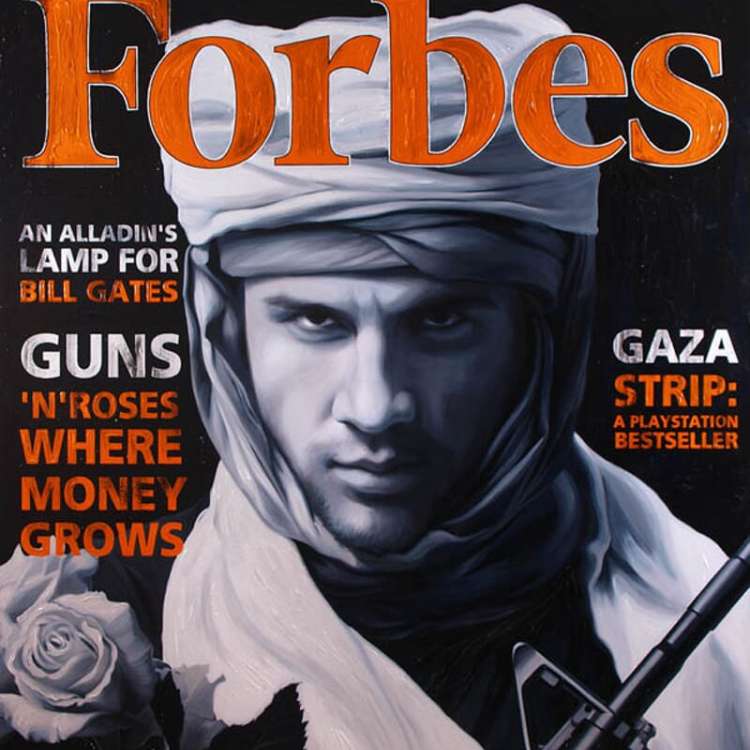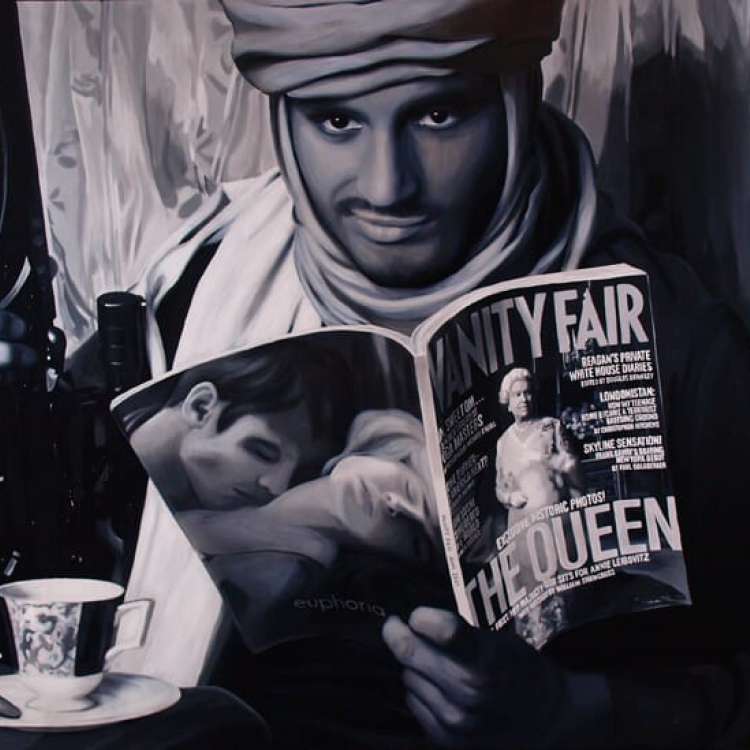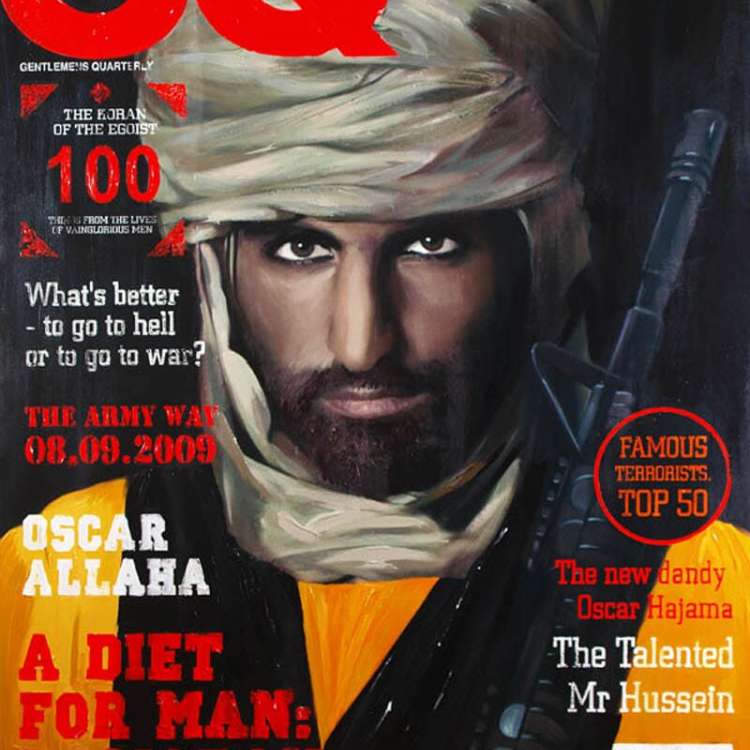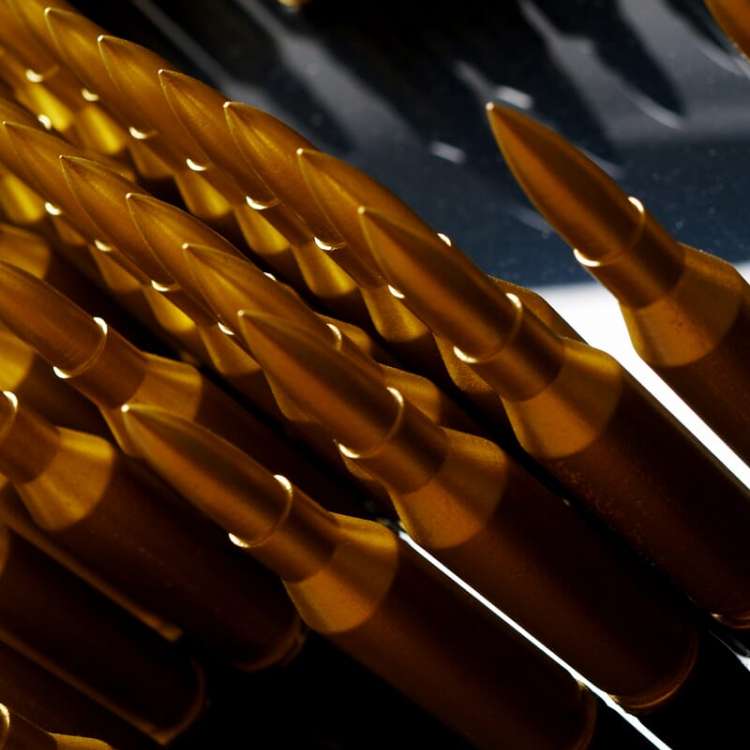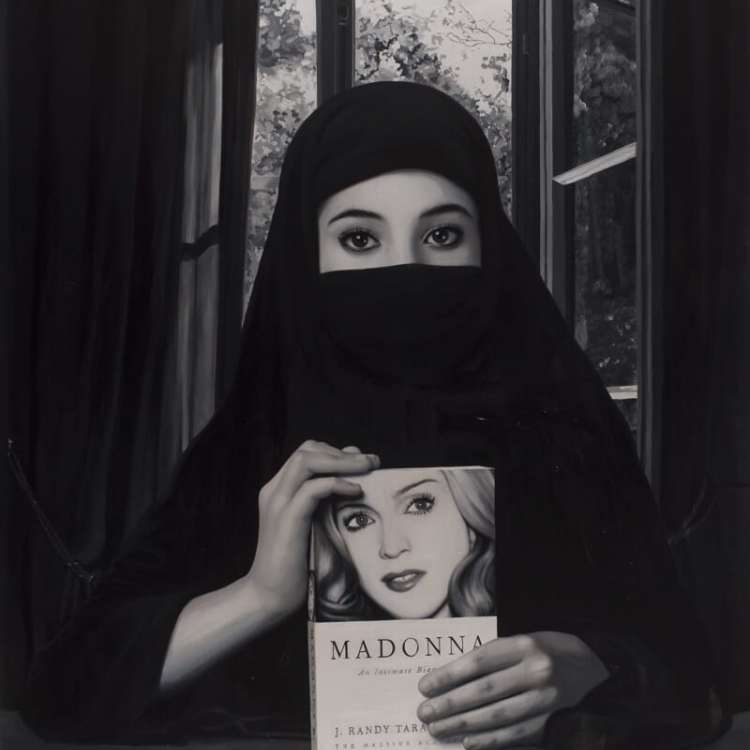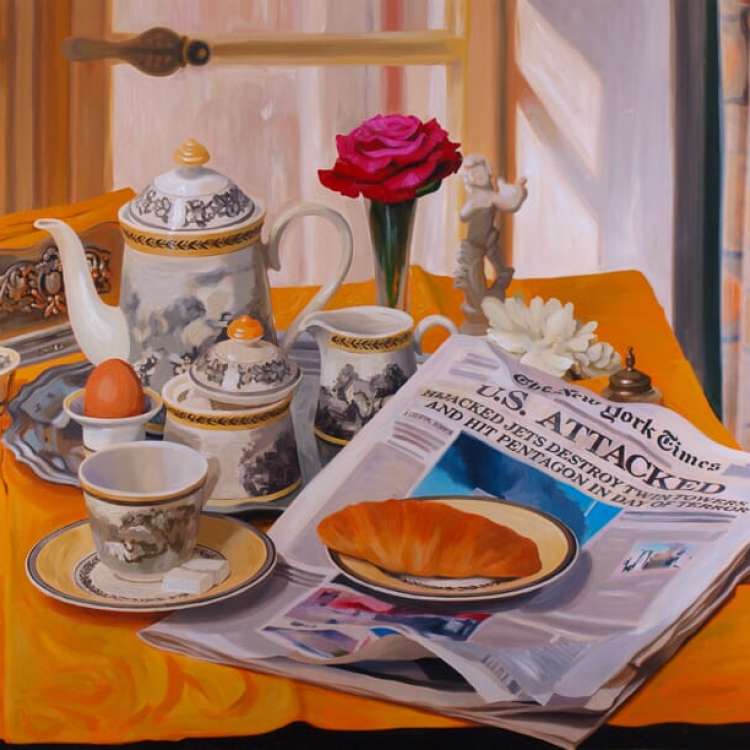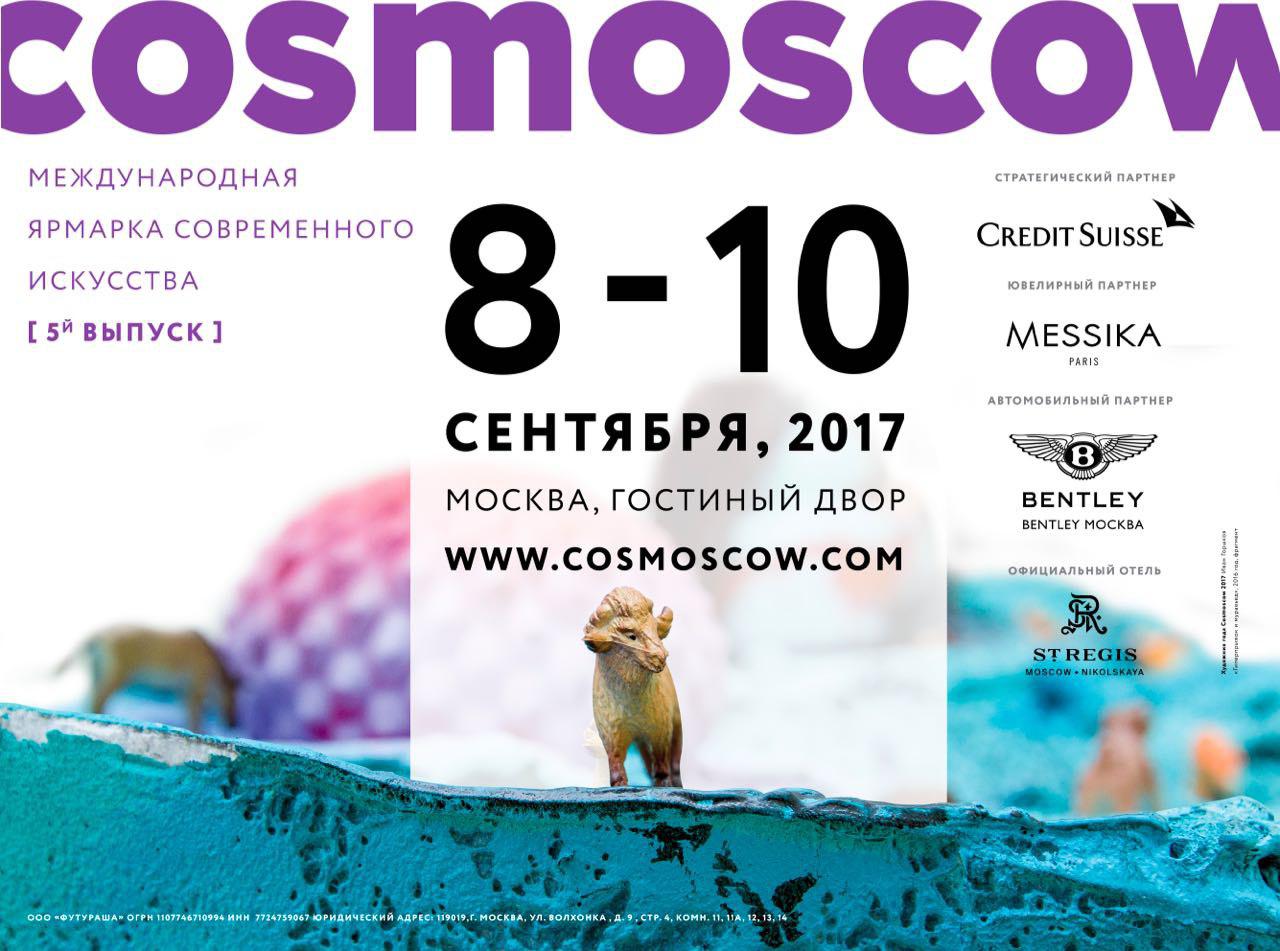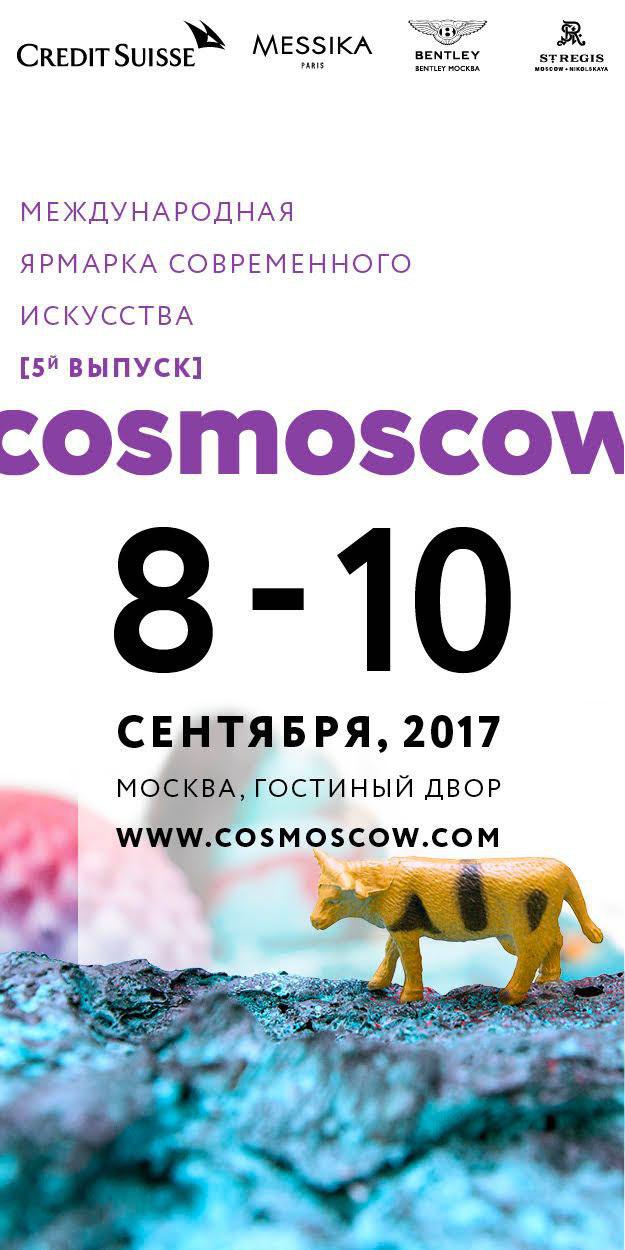In ‘Golden War’, Eastern and Western cultures come into conflict with one another. Their mutual fascination and disdain for one another has found a new mode of expression in the national and religious consciousness via the influence of mass media and the fashion industry, the universal conductors of intercultural communication.
Despite the fact that in the course of war, death and suffering of many lead to prosperity of just a few, it has historically proven to be most profitable way of gaining wealth.
Historically religion and social order have been trying to justify its reasons. In the pursuit of wealth, loss of human life, damage done to culture and the national unity of people seem inevitable.
In the “Golden War”, Petr Axenoff reflects upon glamorous side of this problem by showing duality and corruption of the national conscience, which have undergone radical change due to the process of globalization and influence of media images and fashion industry, upon Islamic culture, based on old traditions and governed by religious attitudes.
The strong and gloomy looking man, wearing a turban, on the front cover of Forbes magazine whose eyes seem to look straight into your soul is neither a film start nor a famous businessman. He is hero of a different world – the world of Islam. And even more - he is an essence of a modern American nightmare, a mujahed.
The definition of “mujahed” is built into our system of representations of today’s world and does not need further explanation. Mass-media has succeeded in making words “mujahed” and “war” synonimous. That is why we associate Islamic fighter with: desert, sand, arms, explosions, ruins and desolation…
Petr Axenoff challenges this habitual associative array, by placing a portrait of a mujahed on the cover of Forbes, in his other painting, the warrior of Islam, armed with a machine gun drinks tea out of a beautiful European porcelain cup. Why is that? Why would a mujahed read a book about Islam in English? These unusual settings, in which main characters are taken out of their usual context and enjoy “ treasures” of western lifestyle provoke a question: is it appropriate, or paradoxical and absurd - that a woman wearing traditional black garb walks with Louis Vuitton bag in a desert, or a biography of Adolf Hitler in the hands of mujahid or his portrait on the cover of a popular magazine?
Obviously, that soldiers of Jihad, rolled in baroque arm-chairs, speaking fluent English - is a a fantasy, a kitch, generated by author , but a fantasy, which is very easy to believe in . It is not a secret that oriental elite much prefers to live in the comfortable old democracies of Europe or America rather than in their native lands, tormented by all sorts of conflicts .
Being oil rich allows to get best education available in the West. Their addiction for Western objects of value, and glamour, and its cult of comfort come into contradiction with the ascetic life, which they are supposed to lead, according to Koran.
However the Golden war – the conflict of opposite values and lifestyles gets somehow resolved , due to the easiness of corruption of human nature, which has roots deep in our subconscience.
And portraits of armed people in the black garb, settled in beautiful baroques interiors make you think that: “May be this is how Europeans will look in 30 years from now…”?

